What Does a 3D Texture Artist Do?
Last time we briefly introduced what 3D mapping is, if you forgot, you can click to review it: Do You Know about Texturing in 3D Animation? Let’s continue to find out what a texture artist who works in 3D animation does.
What do they do
The job of a texture artist is usually to make things realistic. Let’s suppose an artist is tasked with creating tank textures for a war movie or video game. The artist starts collecting reference images online. Depending on the project, there may be opportunities to observe and take photos of similar textures/objects in the real world. If it is a tank, the army or war history museum may show additional photos, resources, or similar vehicles to take pictures of.
Texture artists make 3D models look believable and lifelike. They often add imperfections, such as rusted oil cans, worn sneakers, and window reflections, to give the object extra dimension. They care about making surfaces realistic to help players or viewers forget that they are experiencing a computer-generated environment.
To create appropriate finishes, texture artists may scan photographs and then apply textured figures to objects and environments created by other members of the visual effects team. It is the texture artist’s job to maintain the diversity of textures and to avoid making duplicate contributions to the work they are producing.
This work involves working on a variety of animation software platforms, as well as working with others as part of a team responsible for the entire visual layout of the media.
The artist may also need to research specific time periods and locations to gather more information about the types of materials available at their time, typical colors, textures, and how the materials have aged. A good texture artist might collect these images to build a library for future projects.
How to become a 3D texture artist
Key Skills
- Good communication skills
- Ability to work in a team
- Understanding of materials and how they behave under different conditions
- Strong aesthetic skills
- Knowledge and experience using image editing software such as Adobe Photoshop and 3D drawing software such as Quixel
3D texture artists also need to understand UV mapping and how to use textures in different applications. Try to get familiar with UV mapping in popular software such as Maya, Houdini, Modo and 3ds Max. Learn how to bake texture maps and which renderers use a metallic roughness workflow and which use a specular gloss workflow. These details are important to ensure that you are providing the right type of textures when you start working.
So do you know how to find work as a texture artist?
[10% off coupon code: blog10]
Tips for obtaining texture artist jobs
Constructing a Versatile Texture Artist Portfolio
A strong portfolio is critical to getting texture work. Many texture artists are also 3D modelers and can showcase both skills in their portfolios. If you’re not a modeler, find free 3D models for texturing from sites like TurboSquid.
Put your portfolio to work on your dream project
If you want to work on a sci-fi project, customize some texture combinations for that type of project. For example, the spaceship filmed in Avengers: Endgame will feature a large number of textures, including metal, buildings, sidewalk, and spaceship glow textures.
Featuring different techniques
Learn how to work with scan data and programs to create 3D textures. Add them to your portfolio to show you how properties change with different elements in your scene. If you create a stone sidewalk, show how it looks on a sunny day as well as a puddle after a storm.
Taking courses
If you feel your skills are not there yet, even after watching the online texturing tutorial and reading everything you can about the subject, consider taking a course. Wingfox’s online 3D modeling course, which covers modeling and texturing, is designed to increase your versatility as an artist. You’ll start with a solid foundation and work your way through the more complex sections with your industry mentor. You’ll learn industry-standard software used by top studios and bring several original pieces to your portfolio – ready to show off to employers!

Practice
The best way to improve is to stick with it! Work on personal projects, experiment with new tools, share your work, learn from criticism, and keep an eye out for contests. If your work is good enough, you can even sell it on sites like Gumroad. Artists sometimes create and sell textures, brushes, and assets for movies and games online for extra income. Buying textures save time for large companies and independent game creators and filmmakers, so they are often willing to pay for quick solutions. Showing potential employers that your work is in demand and noticed can help you stand out.
Whether you’re just starting out, changing careers, or advancing your skills, Wingfox’s VFX courses will have you modeling and texturing from the ground up using the same specialized techniques used by top studios. Progress is faster with guidance from industry professionals who have worked on major films and games.
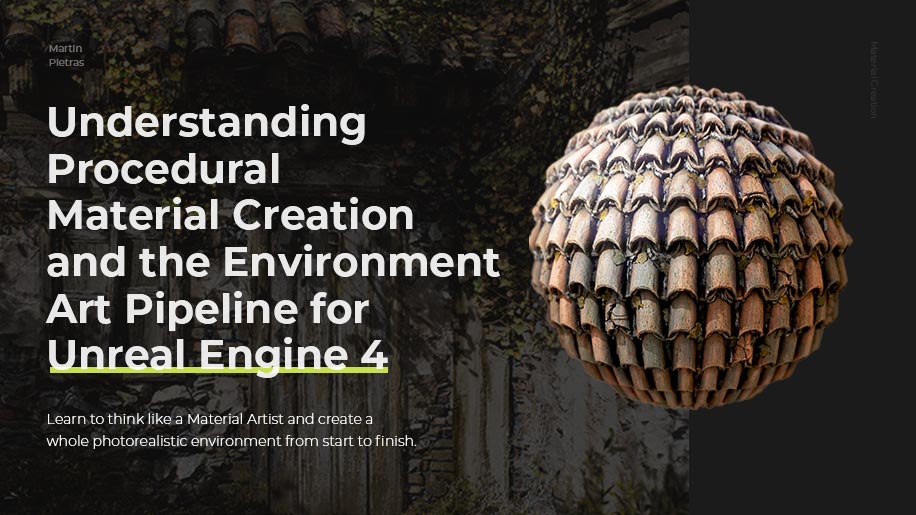
Post a Comment
要发表评论,您必须先登录。
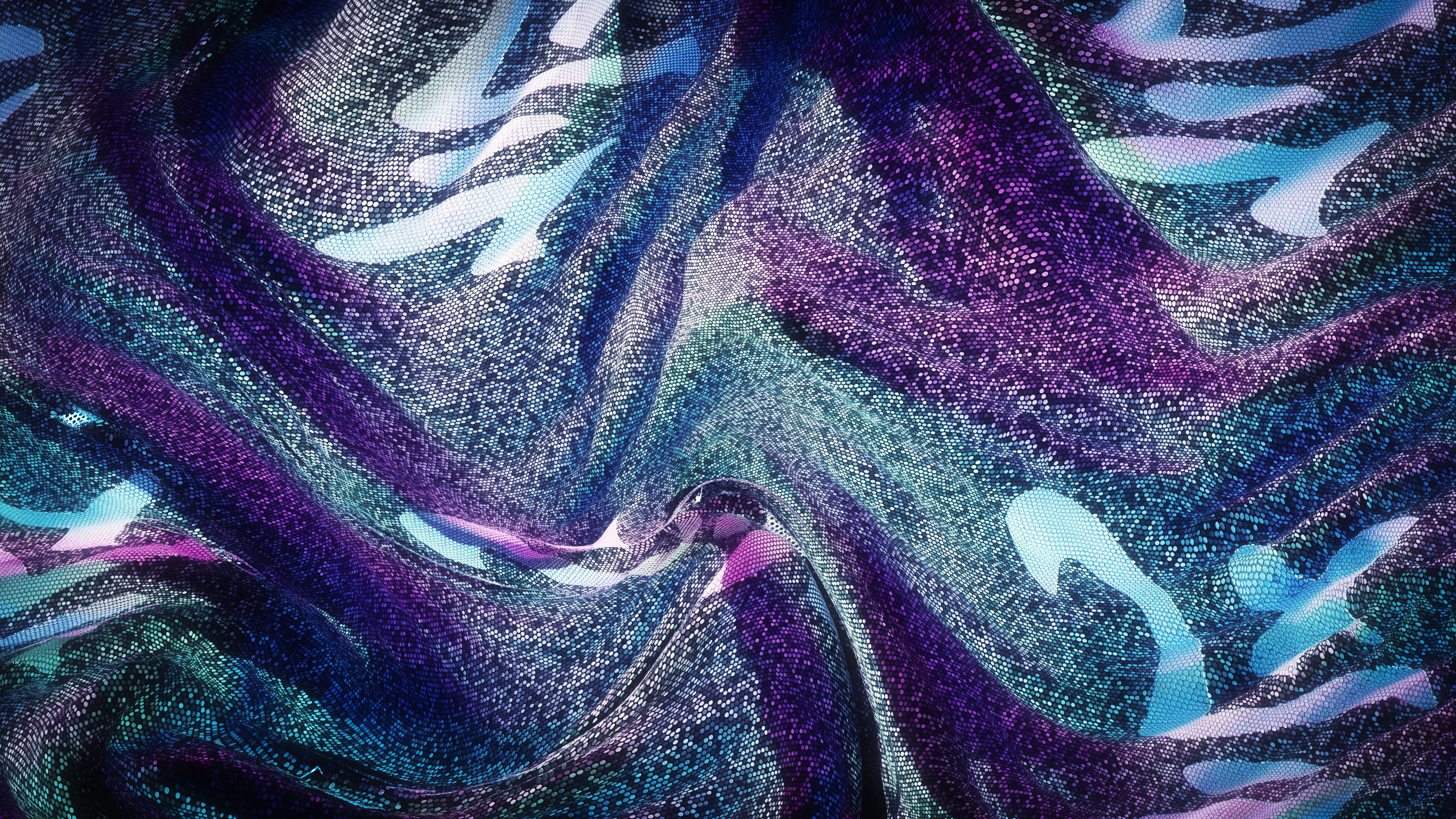


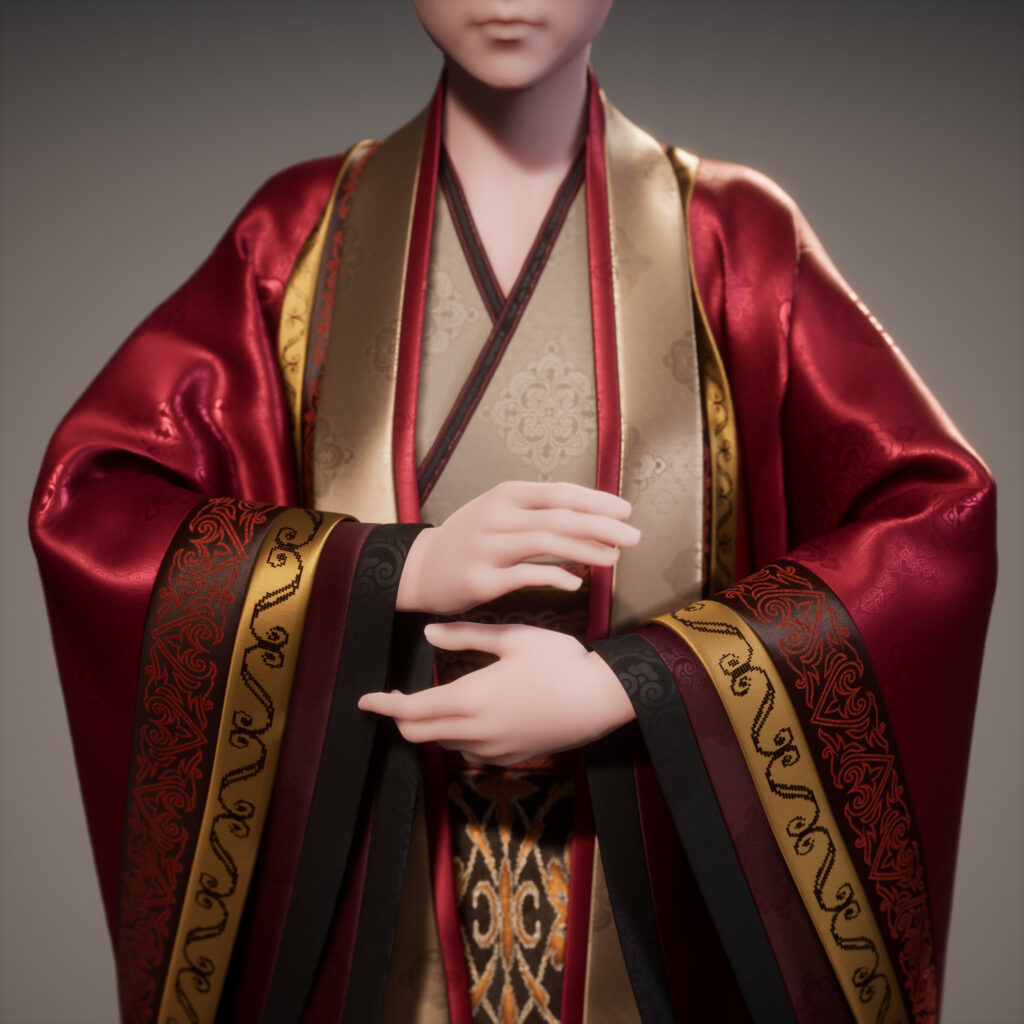
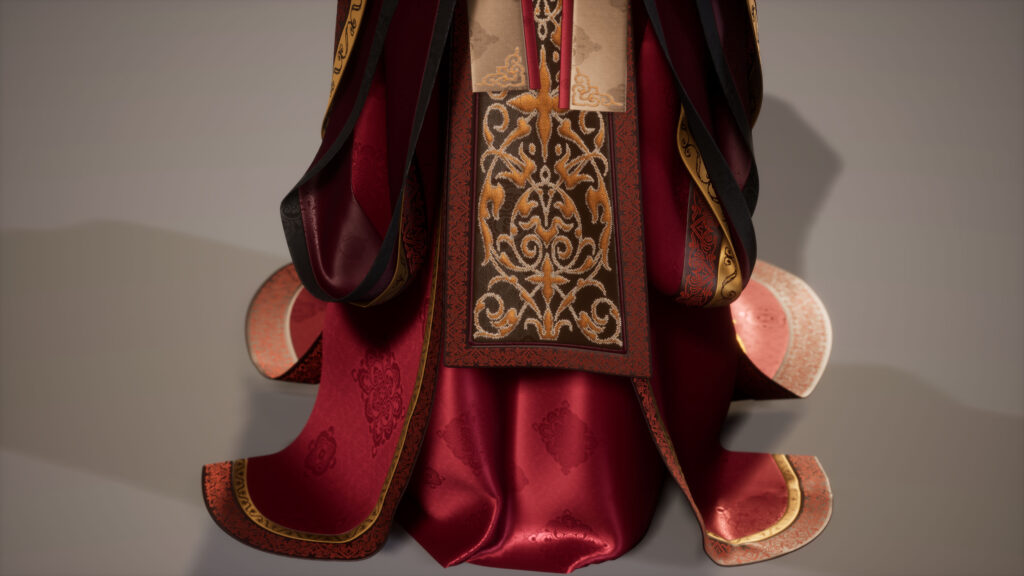
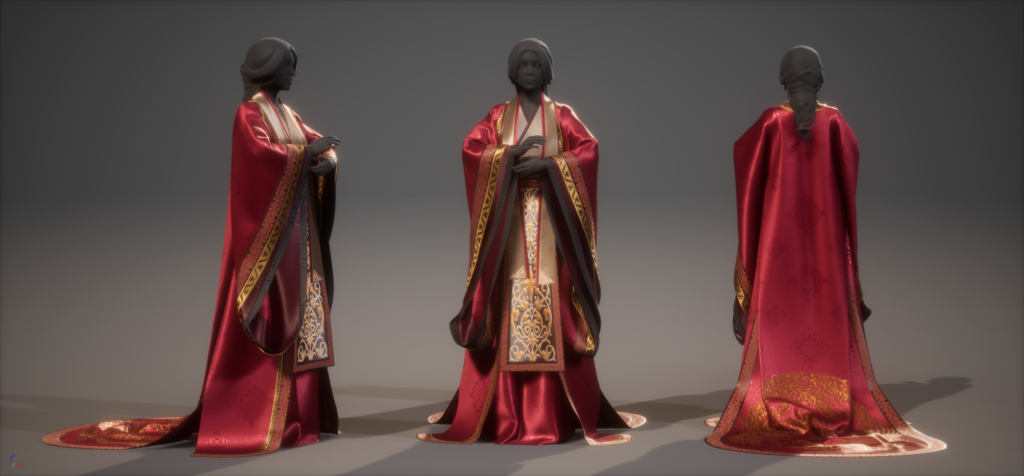










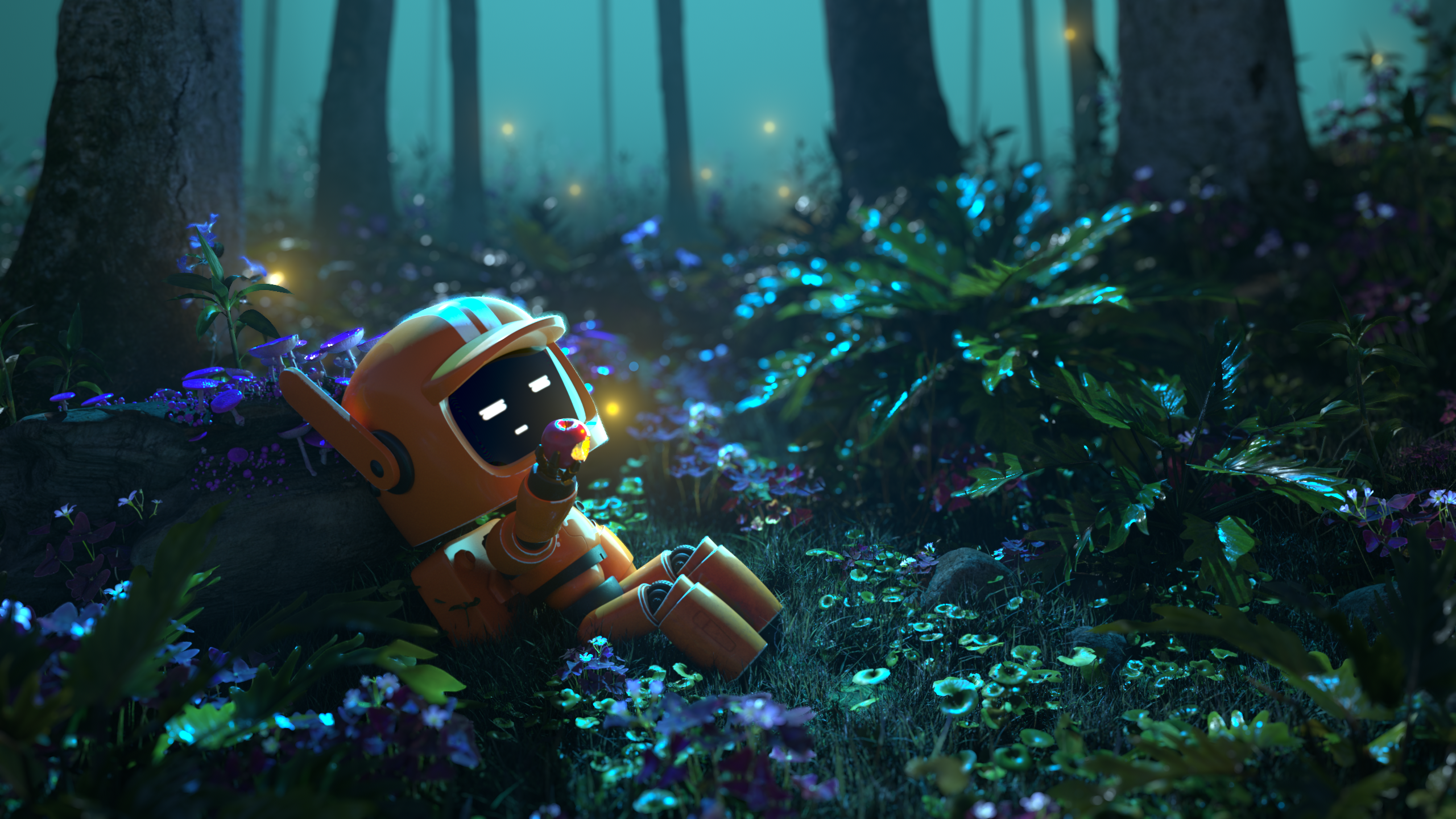

Pingback: Benefits for Environmental Artists - Wingfox
2022-03-09